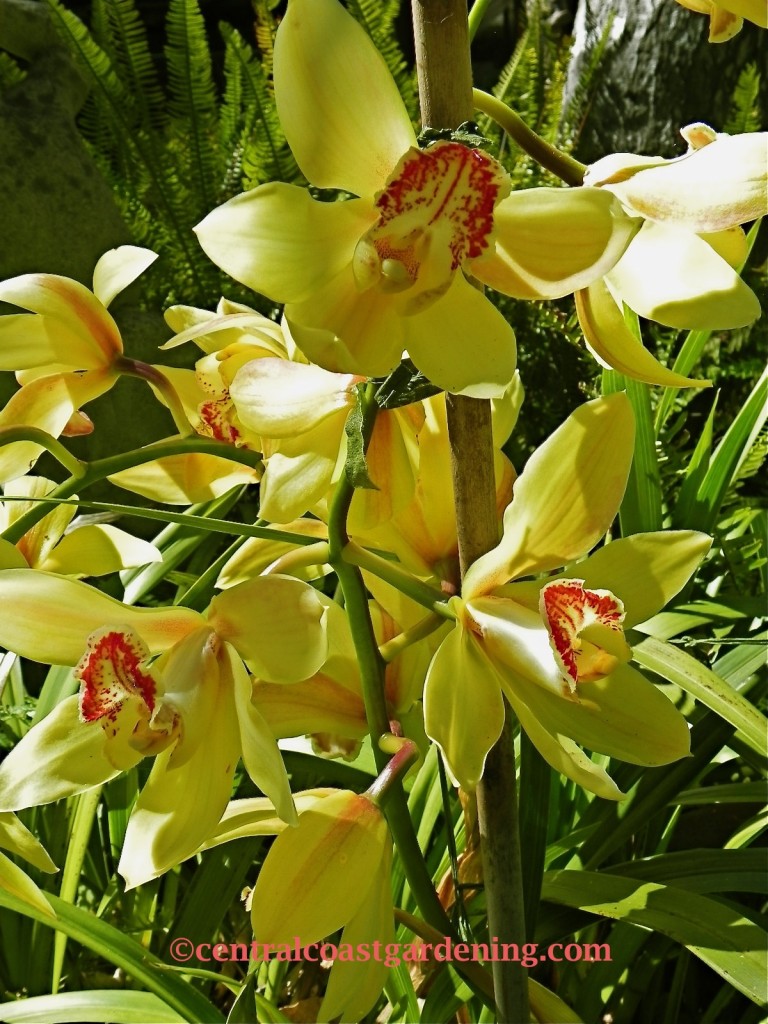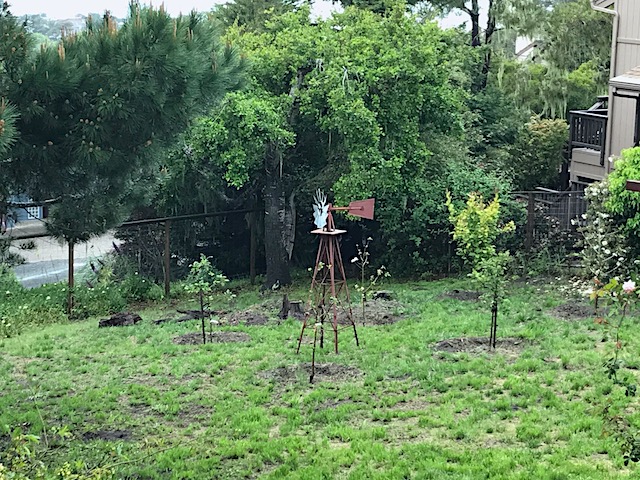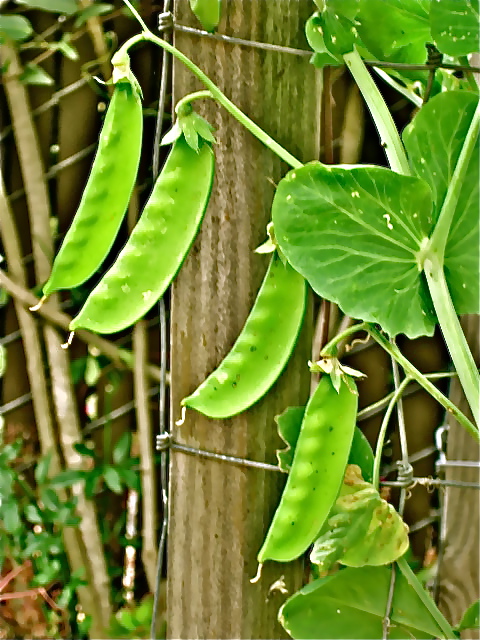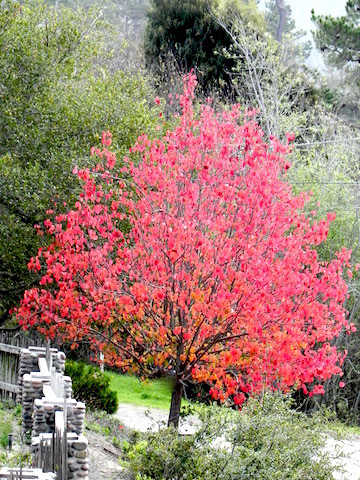
Cymbidiums orchids do well in our coastal climate, and just about anywhere else in San Luis Obispo County, if given filtered sunlight, water, and lots of food. Shade cloth or an open tree can provide filtered shade. Cymbidiums can tolerate morning sun in cooler climates and I’ve seen cymbidiums growing in full sun in coastal Cambria.
What you do with your cymbidiums orchids in the spring will affect how your cymbidiums produce next winter. After your blooms have faded, begin a fertilizing routine to stimulate growth. Fertilizing is important to orchids because they are “hungry” plants. A complete fertilizer high in nitrogen, 30-10-10, and applied once a month, should do the trick. I also use worm compost tea for watering in the spring and summer as it is high in nitrogen and is not as high in salts as commercial fertilizer. During the summer, the fertilizer should be changed to a balanced 18:18:18 feed and then, in the fall, to a bloom booster like 10:30:20. If you don’t have time for this kind of routine, a handful of slow release fertilizer like Osmocote, once a month, will work.
Divide your cymbidiums if they have become too crowded in the pots or when the planting mix has broken down. If you wait until summer to divide, it may affect their blooms next year. Healthy cymbidiums need to be repotted about every few years after blooms have fallen off. Divide plants by breaking apart at the natural divisions. Clean the old potting mix from the roots and cut off any dead or damaged roots. Place a mound of moist potting mix in the center of the pot and spread the roots over the mound of mix. Fill in around the bulb until the lower 1/3 of it is covered. Lightly tap in soil so it is tight and not too loose.
Cymbidiums like a slightly acid potting mix that provides good drainage. You can buy this mix or use fine orchid bark with perlite, shavings, and coarse peat moss added for water retention. Larger bark will require more frequent watering.
Speaking of watering, you should water your cymbidiums often enough to keep them moist. They should never be allowed to dry out. This could be twice a week in the growing season and less, of course, in the winter.

Pests can be a problem to cymbidium plants and flowers. Red spider mites and scale are the two most persistent cymbidium plant pests with snails and slugs being the primary threat to the delicate blooms. Spider mites are a problem inland where the humidity is lower. Try misting your orchids in the warm, dry season to keep them moist and use a miticide if all else fails. Aphids like the buds and flowers and should be washed off with water when first noticed. Hand-picking at night or a safe, granular form of bait should control snails and slugs.
Cymbidiums are also subject to bacterial, fungal and viral diseases that are often associated with being too wet. Like roses, they can be victims of these diseases. Watering early enough in the day so that the plants can dry out before dark is the best prevention. Cymbidiums are also susceptible to the common orchid viruses. Transmission with contaminated tools or hands during dividing and repotting can be a problem.
I’m not always successful at growing these beautiful Asian terrestrial orchids; I’ve certainly had my failures. But I know people who have beautiful healthy orchids growing in pots under the pines. It requires consistency in watering and fertilizing and cleanliness in handling and repotting. Now, all I have to do is put my knowledge into practice!



Looking for help replanting and dividing my outdoor orchids.
Do you do this or know someone that can do or help me?
Some of the pots and plants are two person handling projects.
Thanks, Chuck
I too am going to get help with repotting. It really requires muscle to cut and remove the orchid plants from pots. I’m going to ask my “guys” that help with landscape work to help me. Do you have laborers that could spend a few hours to help. It doesn’t really require experts, just strong hands and arms.